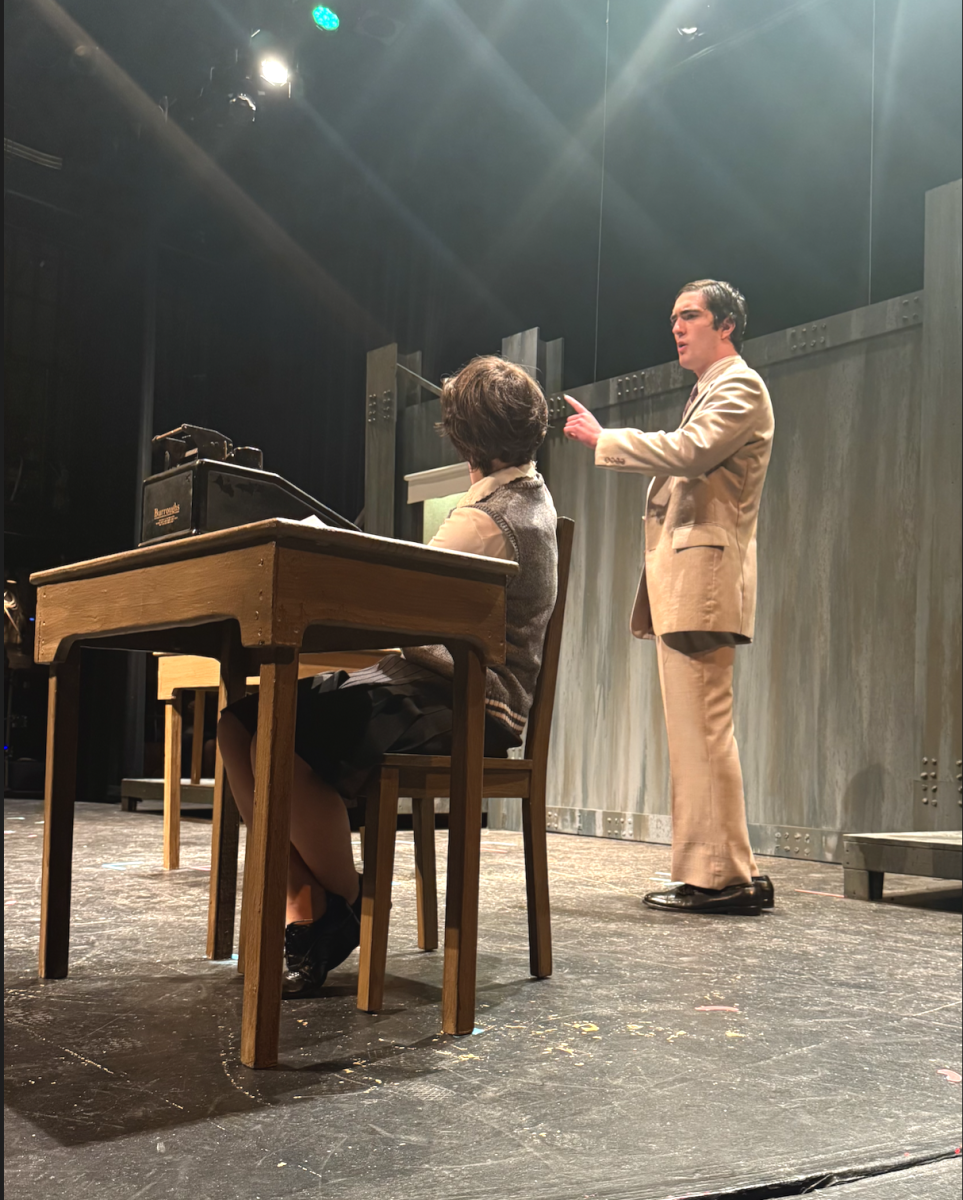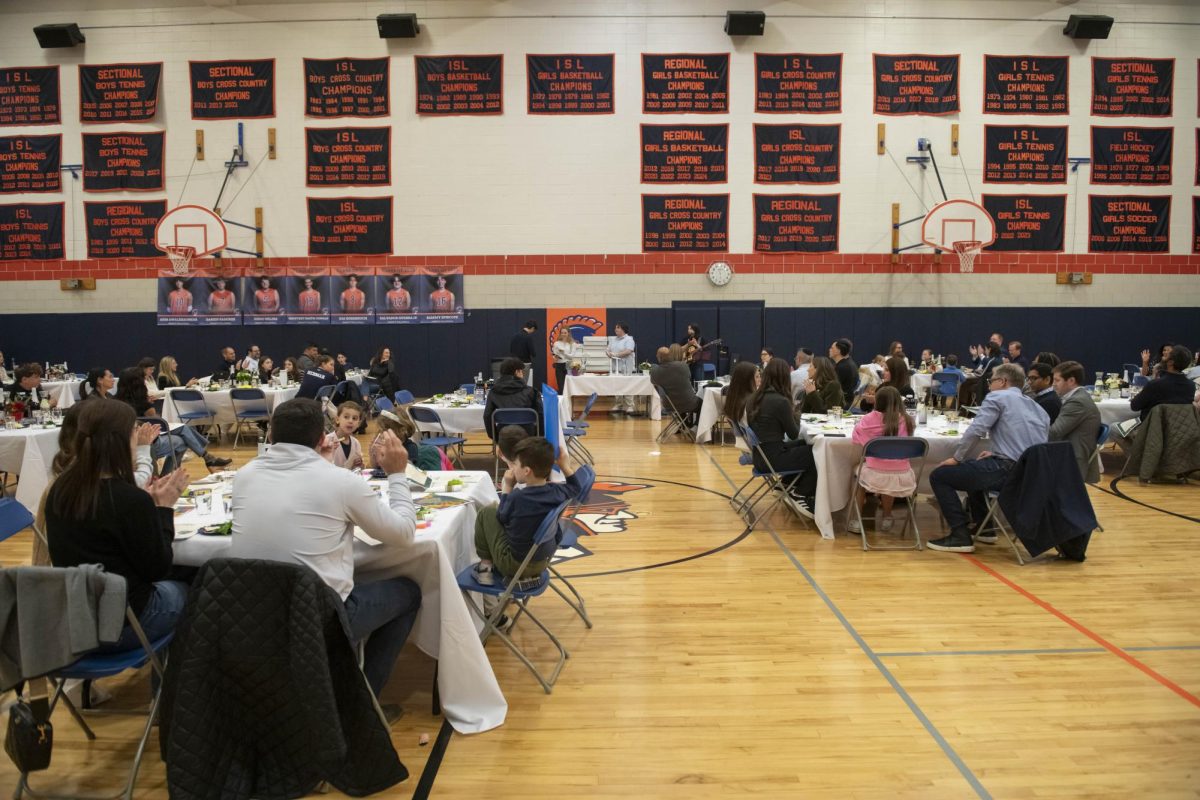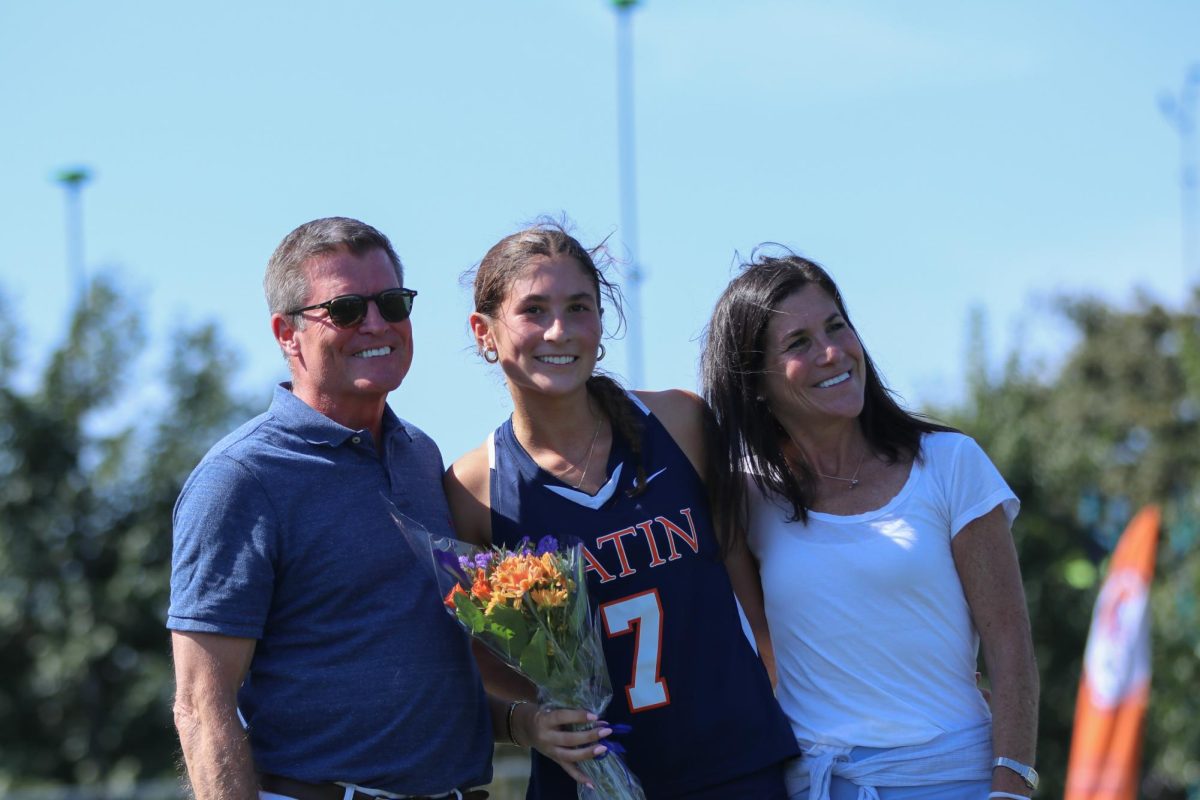Students received an unexpected email from student government advisor Lenny Goldman shortly before Homecoming announcing that attendees would not be allowed to leave the dance until 10 p.m.
The Upper School administrative team instated a “lock-in” policy, where the doors of the event space would be locked until the dance officially ended. “I believe we are calling it required attendance, mandatory fun,” Mr. Goldman said.
The lock-in was instituted to keep attendees at the dance longer. Mr. Goldman said, “We noticed a trend of attendance and students not staying at the dances for more than 30-40 minutes.”
In addition, the new procedure helped alleviate concerns about student safety. “There had been a bit of a clamoring from parents as well, who [were] very interested in having a required time period at a dance for a few years,” Mr. Goldman said.
Lock-in policy aside, planning Homecoming is no small task for the Upper School student government team. They invest “a lot of resources, time, energy, and money into Homecoming,” Mr. Goldman said. The hard work put into these endeavors may be diminished when students leave the dance after 30 minutes.
Social Chair and junior Vivian Lee-Yee, who was involved in the planning process, said she believed that the lock-in wouldn’t affect the experience for the students. “I think [Homecoming] is still going to be fun either way,” she said. “It is two hours to spend with your community, which is a privilege.”

Once Homecoming night arrived, the focus shifted from the lock-in to the dance itself. Many students danced to lively music or talked with peers, and some were seemingly oblivious to the fact that chaperones kept the doors closed. “I don’t think it was as bad as I thought it would be,” sophomore Nicholas Frey said. “I didn’t even notice [the lock-in] while I was there because I was with all of my friends.”
Many freshmen also enjoyed the dance regardless of the lock-in since they had not experienced Homecoming without the procedure in place. Freshman and ninth grade representative Arlo Heltzer said, “[Homecoming] was a blast, and I had a really fun night and didn’t even remember the lock-in until the teachers opened the doors for everyone at 9:45 p.m.”
On the other hand, some students were less satisfied with the policy. “I originally was optimistic, but, while at the dance, I didn’t love that it was two hours, and wished that we had the option to leave in the end,” junior Elena Tognarelli said.
Though students may have had mixed reactions to the lock-in, the policy seemed to achieve the Upper School team’s goal of keeping students together for more time than in past years.
Regardless, Homecoming proved to be a fun two hours, spent posing, chatting, and dancing.
“A lock-in shouldn’t be the only reason you should stay at a dance for two hours,” Vivian said. “You should stay because you want to have fun with your community.”


















































